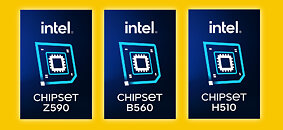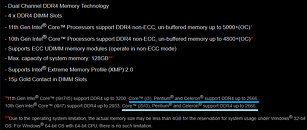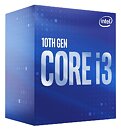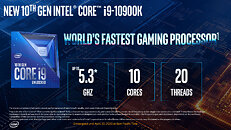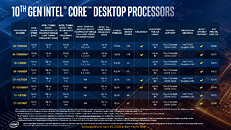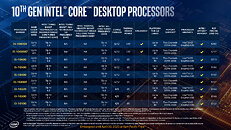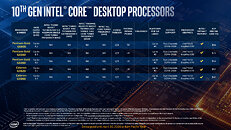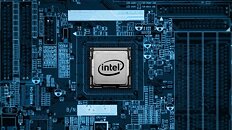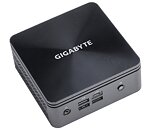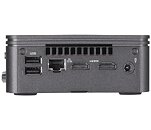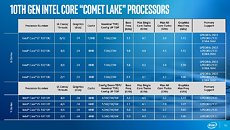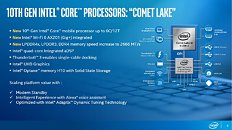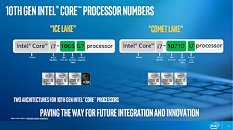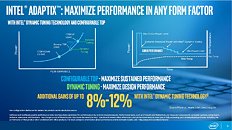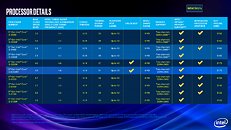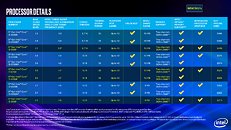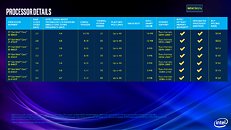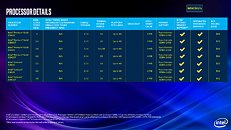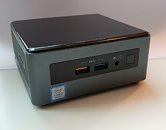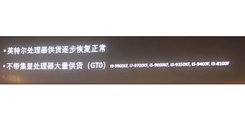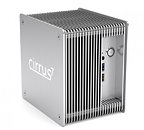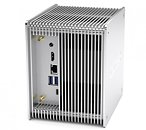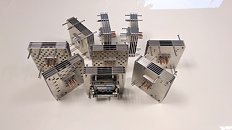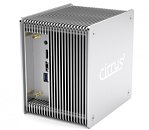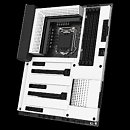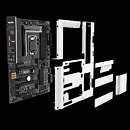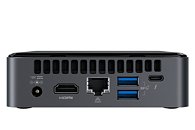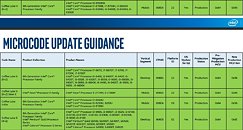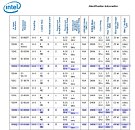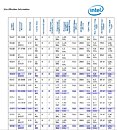
Intel's 13th Gen Core CPU Lineup Seemingly Leaks a Month Ahead of the Launch
Although this information hasn't been verified yet, it looks very plausible, but there are also some crucial bits missing. However, we now appear to have the full list of Intel Core 13000-series CPUs, that ranges from the Core i9-13900KF to the Core i3-13100. The information comes via Bilibili and should as such be taken with a grain of salt, but there are no big surprises here, except possibly the fairly low base clocks for some of the Core i9-13900K and KF SKUs, which sits at 3 GHz, compared to 3.2 GHz for the 12th gen equivalents.
What the leaker doesn't appear to have gotten hold of, is the boost frequency for the CPUs, possibly because Intel has kept it away from its partners so far. Earlier rumours have suggested boost speeds of 5.5 GHz or potentially even higher for a future KS SKU. Thanks to Intel adding additional E-cores into the mix, even the lower-end Core i5 CPUs will get four to eight E-cores this time around, whereas the 12th gen CPUs only offered E-cores on the Core i5-12600K and KF. Sadly the Core i3-13100 still gets to make do with only four P-cores. Intel is expected to reveal its 13th gen Core CPUs on the 27th or 28th of September.
What the leaker doesn't appear to have gotten hold of, is the boost frequency for the CPUs, possibly because Intel has kept it away from its partners so far. Earlier rumours have suggested boost speeds of 5.5 GHz or potentially even higher for a future KS SKU. Thanks to Intel adding additional E-cores into the mix, even the lower-end Core i5 CPUs will get four to eight E-cores this time around, whereas the 12th gen CPUs only offered E-cores on the Core i5-12600K and KF. Sadly the Core i3-13100 still gets to make do with only four P-cores. Intel is expected to reveal its 13th gen Core CPUs on the 27th or 28th of September.


















